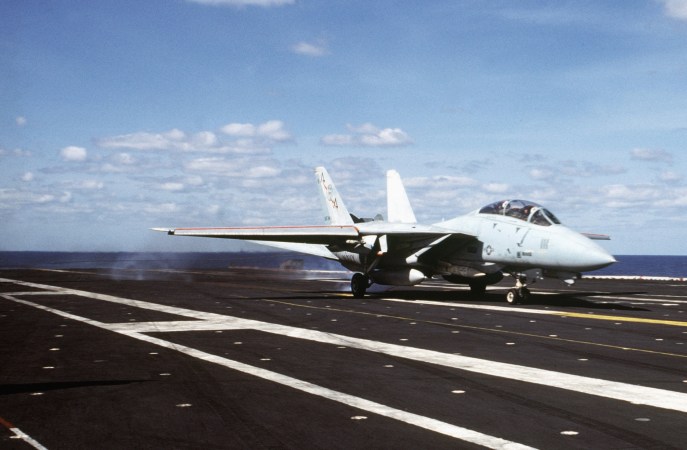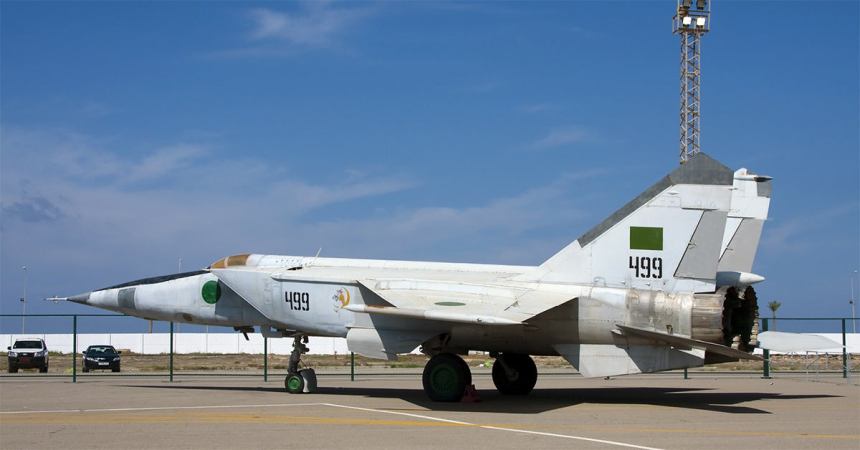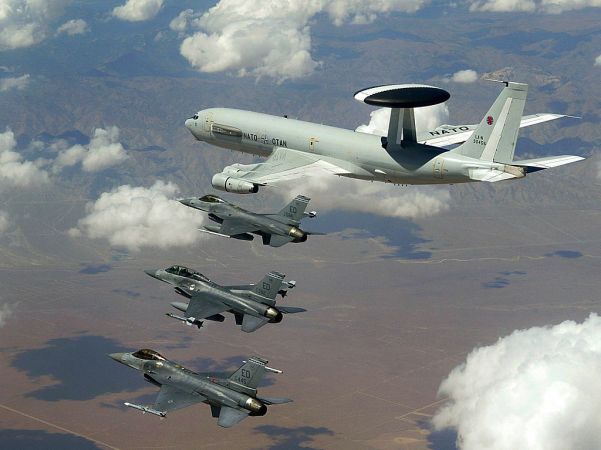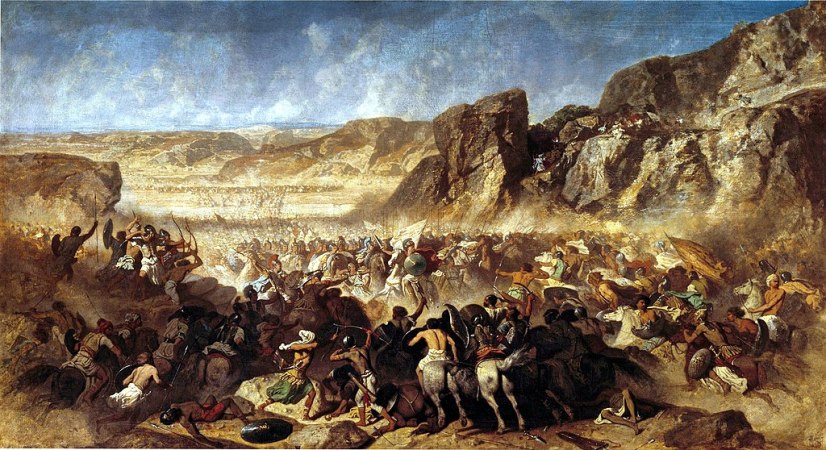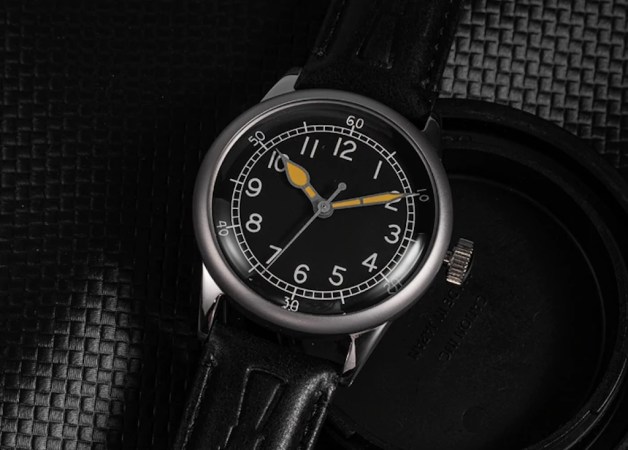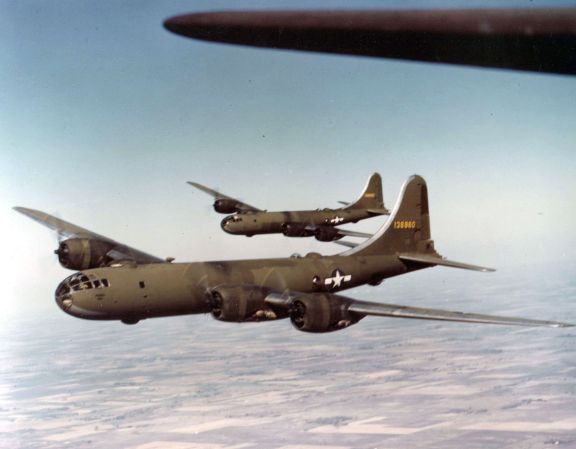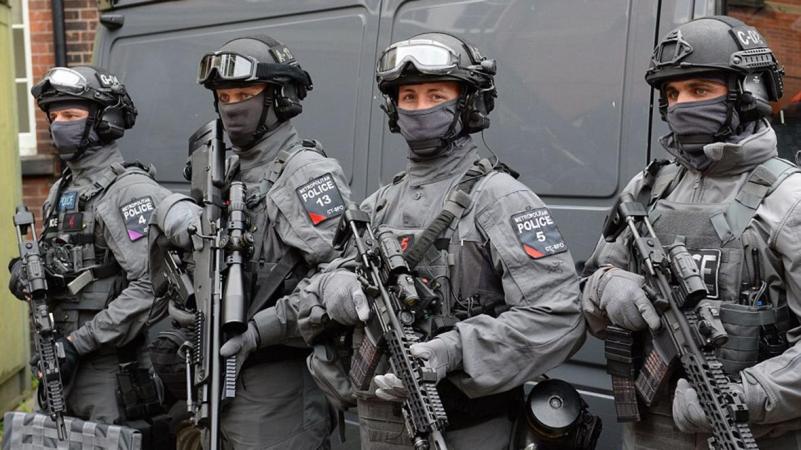During more than 34 years of fleet service, the F-14 Tomcat transformed from analog fighter to digital precision attack platform. Originally designed to keep Russian bombers away from the battle group by employing Phoenix missiles at very long range, by the time the Tomcat was retired in 2006 it was capable of missions as far ranging as forward air controller (airborne), reconnaissance, close air support, and precision deep-strike, which made it CENTCOM’s platform of choice over Afghanistan and Iraq.
Here’s a gallery of 17 photos that celebrate the legendary F-14, the last of the Grumman cats:

The Tomcat came in three different models: A, B, and D. Here an F-14D — with two General Electric F-110 engines and the fully digital APG-71 radar system — makes a supersonic pass.

The F-14A had the less powerful (and less reliable) Pratt and Whitney TF-30 engine that required the pilot select afterburner when launching from the carrier. The F-14A and B also had the AWG-9 weapons system, which used physical tape to transfer data.

Because the GE F-110 had the same thrust at military power as the TF-30 had in Zone 2 afterburner F-14B and D pilots could launch from the carrier without selecting afterburner, which didn’t look as cool but was much safer.

Unlike the F-4, which extended its nose strut for catapult launches, the F-14 “knelt,” or compressed, the nose strut, giving it the look of a dragster about to zorch down the quarter mile.

Airborne off Cat 3! Here Tom Twomey, a radar intercept officer with the VF-111 “Sundowners,” takes a selfie (before that was a thing) as his pilot starts a left-hand clearing turn away from the USS Kitty Hawk (CV 63).

The engineers who designed the Tomcat swore that asymmetric wing sweep was impossible, but test pilots proved them wrong during test. In spite of this over the history of the airplane the wing sweep system proved to be very reliable.

Because 25 percent of the Tomcat’s lift came from the large area between the wings — popularly referred to as the “tennis court” — the Tomcat didn’t have a very impressive roll rate relative to airplanes like the A-4 or F-16. But its large horizontal stabilizers gave Tomcat pilots significant pitch authority, which made the jet a lethal dogfighter in the right hands.

People tend to forget that the United States sold Iran F-14s back when the Shah was in charge in the late ’70s and that they’re still flying them today (although none of them are believed to be fully mission capable). The Iranian Air Force used the Phoenix missile to shoot down Iraqi opponents during the Iran-Iraq War, something U.S. Navy crews never did.

Iranian ace Jalil Zandi shot down 11 Iraqi aircraft during the Iran–Iraq War, which makes him the most successful F-14 pilot by far.

The first Gulf of Sidra incident occurred in 1981 when a section of Tomcats from VF-41 flying off of the USS Nimitz shot down two Libyan Su-22s. Wing RIO Lt. Jim Anderson (far left) was later killed in a skiing accident. Lead pilot Cdr. Hank Kleeman (second from left, squadron CO at the time) was later killed when he flipped an F/A-18 while taxiing. Wing pilot Lt. Larry Muczynski (second from left) got out of the Navy to become an airline pilot. Lead RIO Lt. Dave Venlet (far right) became a pilot and ultimately rose to the rank of Vice Admiral and headed the Naval Air Systems Command.

The second Gulf of Sidra incident took place in 1989 when two Tomcats from the VF-32 “Swordsmen” shot down two Libyan MiG-23s. (Read the full amazing story here.)

The Tomcat’s size — nearly 70 feet from wingtip to wingtip — demanded pilots be right on azimuth when they crossed the aircraft carrier’s ramp. Here a pilot makes a last-second lineup correction that almost leads to disaster.

The F-14 had a lot of moving parts in the landing pattern — flaps, slats, speed brake, spoilers, rudders, and horizontal stabilizers — which earned the airplane the nickname “Turkey” because of how it looked to be flapping when the pilot was actively moving the controls. (Also note the LANTIRN pod — the gear that made the Tomcat a smart bomber — mounted on the right weapons station.)

“The John Wayne loadout,” six Phoenix missiles. Although this is why the Tomcat was initially fielded, during the years the fighter flew the real-world threat never demanded this complement of missiles.

A Tomcat tanking from an Air Force KC-135, an always-sporty evolution because of the adapter that was placed at the end of the boom to accommodate Navy aircraft that didn’t give much slack and had a tendency to rip off probes if pilots weren’t careful.

Arguably the coolest paint job in the history of military aviation. VX-4’s “Vandy One” was a big hit on cross-countries and at airshows in the days before the Playboy bunny came to represent pure evil (and JAGs figured out the U.S. Navy was in gross violation of copyright laws). (But you could be somebody climbing out of this one, tell you what . . .)

Those who flew you miss you, Big Fighter. Tomcats forever, baby!
Read more on WATM:




